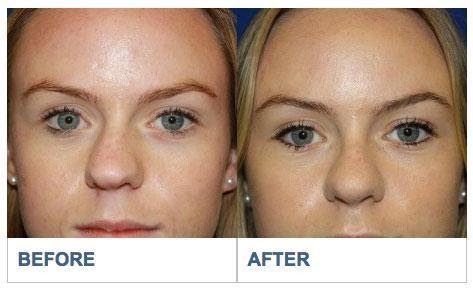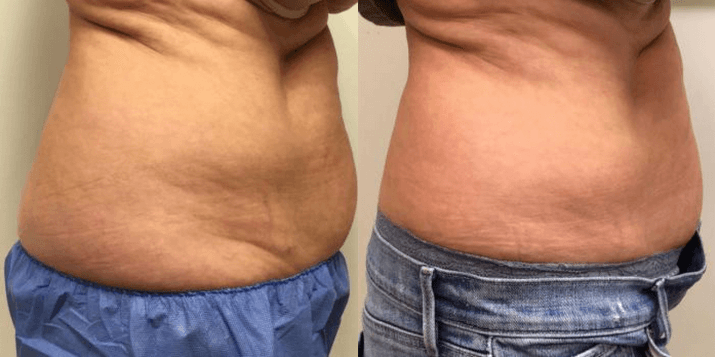
Your eye doctor may be able to help you if you're experiencing the symptoms of Chalazion. You can be diagnosed with this eye problem by having your medical history taken and looking at your eyes. The doctor will also examine the oil glands openings, margins, texture, and texture of your eyes. Most chalazions will heal themselves within weeks, requiring minimal medical treatment.
Symptoms
A chalazion (or lump) is an eyelid swelling. It grows slowly but can grow larger and can cause severe pain. It rarely causes pain, but it can cause irritation to the eyes and inflammation of the eyelids. Your health care provider can make the diagnosis by looking at the eye and feeling the eyelid. These symptoms can continue and you might need to visit a doctor if they persist. The good news is that chalazion can cause very little harm.
While chalazion is not contagious, it's important to follow proper hygiene procedures to reduce your risk. After handling your eyes, wash your hands well and ensure that your contacts and glasses have been cleaned. You should also follow the instructions of your doctor when wearing contact lenses. Chalazion isn't contagious and can be caused from other conditions like stye. If your symptoms do not improve, your doctor may prescribe antibacterial medication.

Diagnosis
A physical examination can help diagnose chalazion. The doctor will assess the condition by checking the eyesight and eyelids. He or she may also examine the skin and eyelashes. The doctor may diagnose inflammation or infection if the bump is painful or large. A blood test may be performed by an eye specialist to rule out any underlying conditions. There may be blurred vision. A medical professional may also refer a patient to a ophthalmologist if the condition persists or becomes recurrent.
Diagnosis of chalazion can be made clinically. A thorough history and examination will identify whether it is benign or malignant. Most cases will not require further investigation. If an alternative diagnosis is needed, a biopsy might be required. A chalazion can usually be treated without additional tests in most cases. However, chalazion that recurs should be checked for underlying malignancy.
Treatment
The treatment for chalazion depends on the severity of the condition. Some people may feel irritation, pain, and swelling around their eyes. Chalazion usually resolves on its own within a few hours. In more severe cases, the treatment options include antibiotic eye drops and surgery to remove affected glands. Steroid injections might also be administered, but these can cause permanent skin darkening.
Although chalazion doesn't spread, it should be avoided until the condition is resolved. A specialist in eye care may recommend steroid injections to reduce swelling if it continues. In addition to these medications, patients may be asked to wash their hands after removing contacts and after touching their eyes. Contact lenses should be cleaned with disinfectant, and disposed of according to a schedule.

Recurrences
A chalazion, or benign bump, is an eyelid condition. It is often painless, but can be quite uncomfortable. If it gets worse, patients may seek medical attention. Recurrences can be common in those who are predisposed to the condition. How can you treat these persistent bumps? This condition can be treated by following the steps below.
The majority of cases can be successfully treated. Some cases of chalazion can recur. However, many others do not. There are many reasons for recurrences. You may have underlying health problems. If you suspect there may be an underlying issue, a biopsy can be a good option. You can also exclude more serious conditions. However, it may be a risk factor in recurrent chalazion.